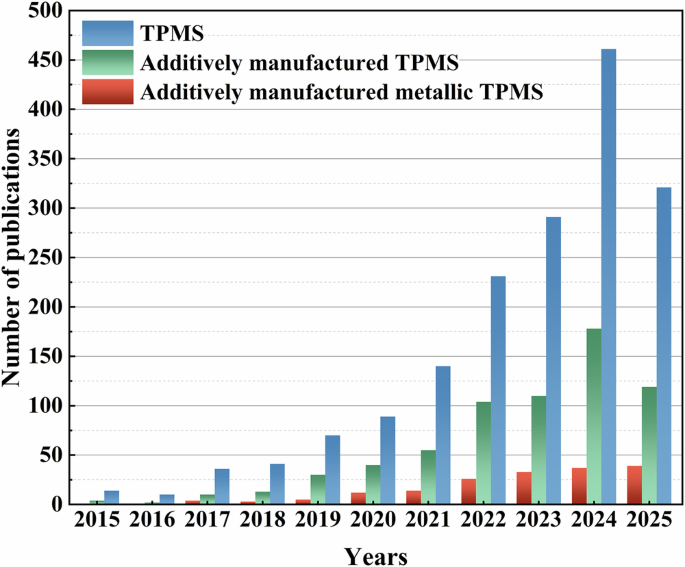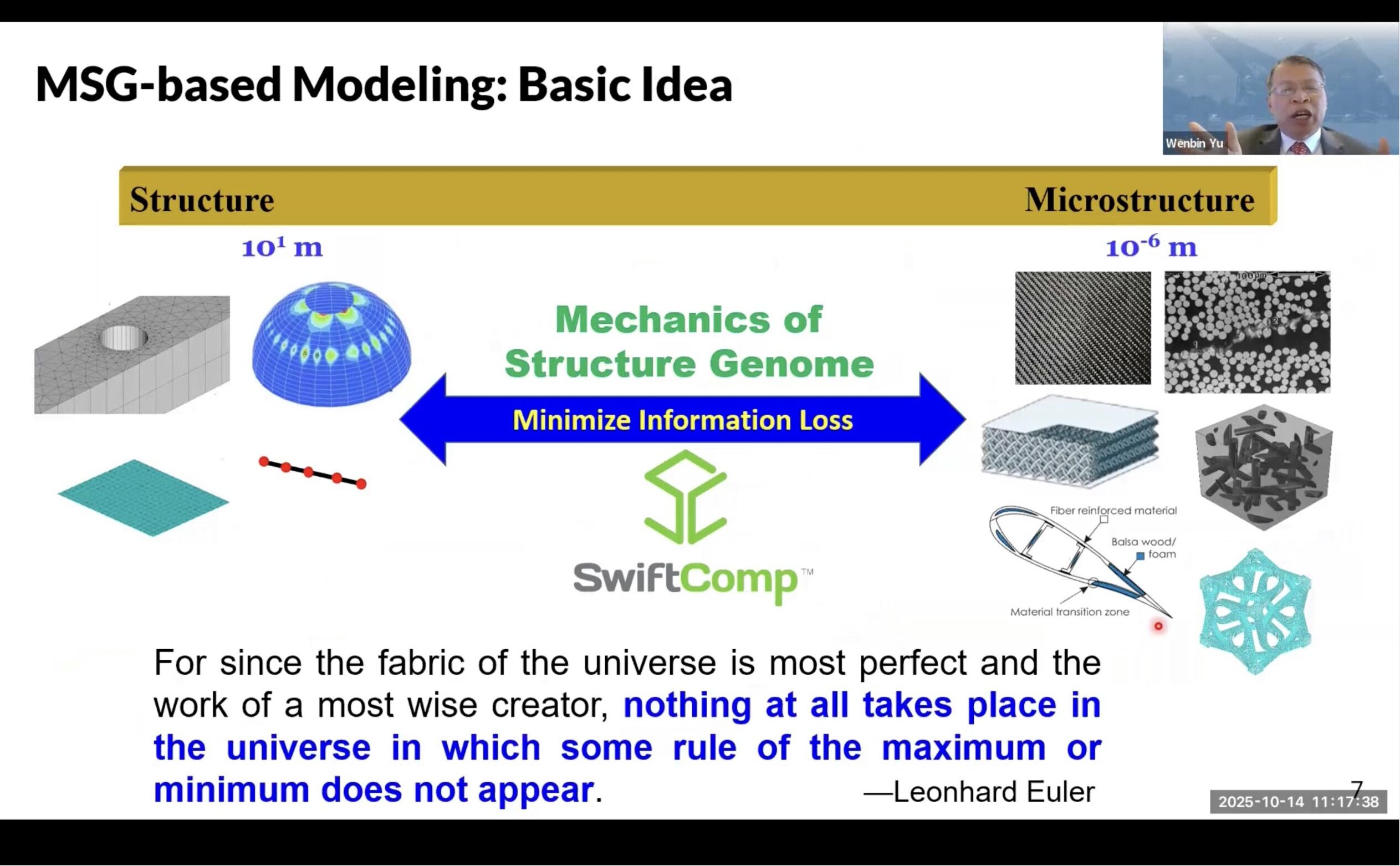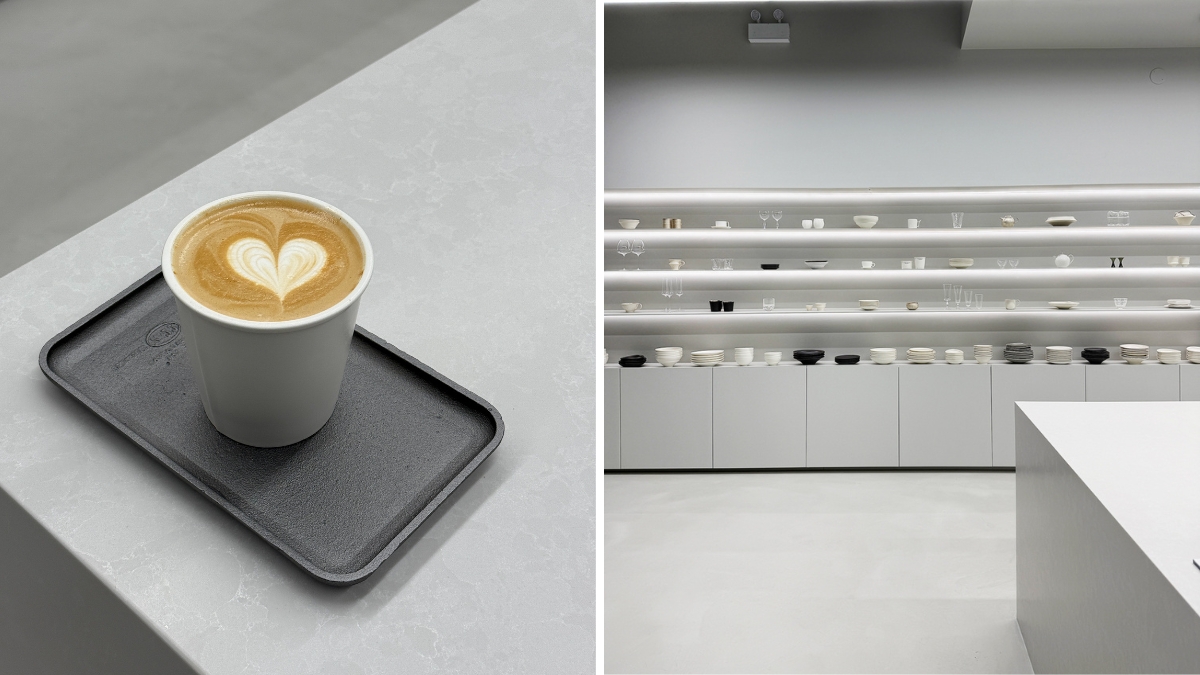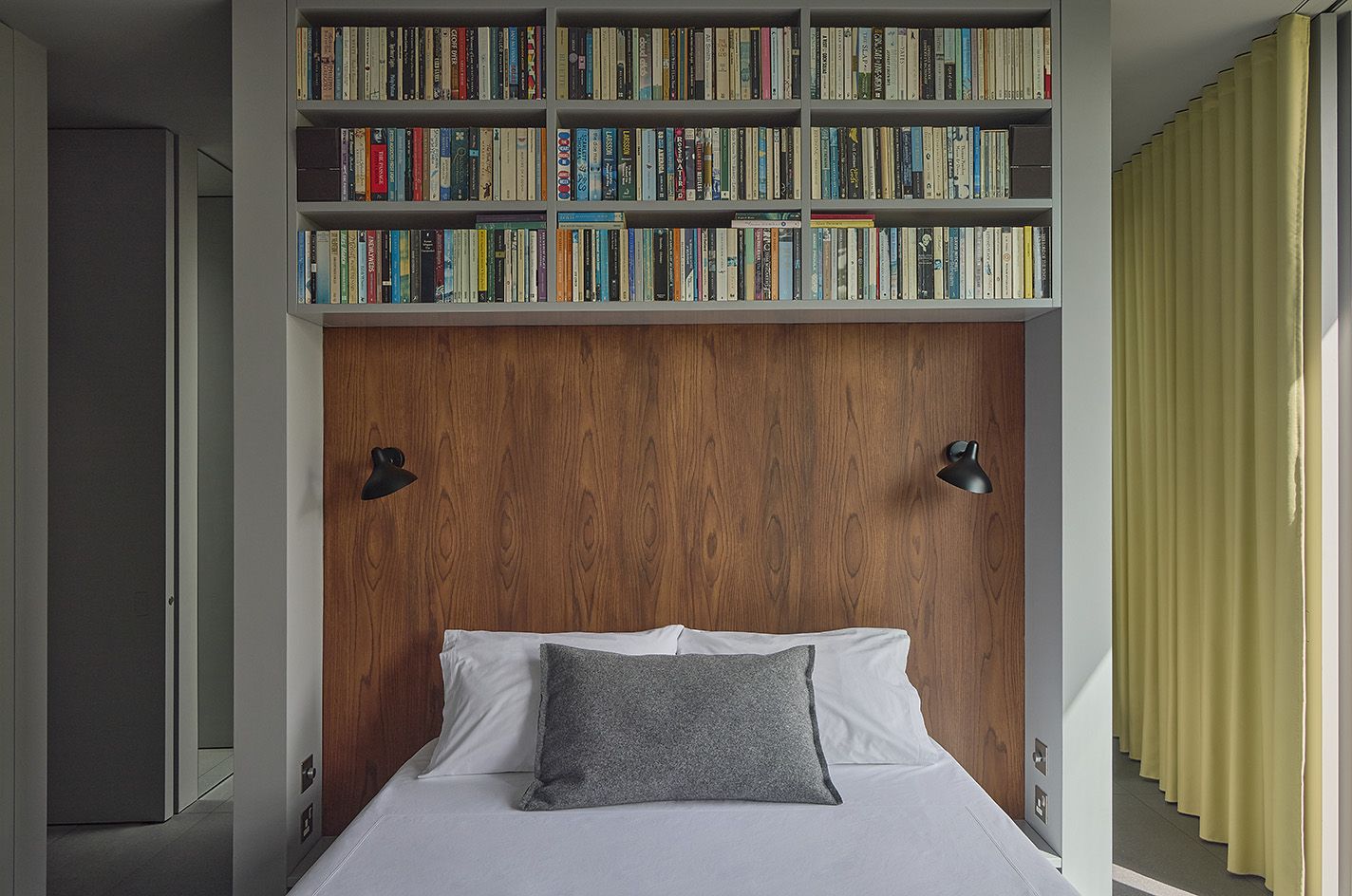Optimizing Pultruded FRP Profiles for Structural Applications: Addressing Design and Connection Challenges
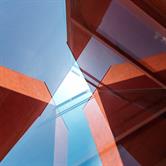
Pultruded Fiber Reinforced Polymer (FRP) profiles are increasingly being considered for structural applications as alternatives to traditional steel elements, such as wide flange and channel sections, tubular and I-profiles. The primary appeal of FRP lies in its corrosion resistance, high strength-to-weight ratio, and ease of handling and installation. Recent studies have shown that the longitudinal tensile strength of FRP can be comparable to or even exceed that of structural steel, while being significantly lighter. This makes FRP an attractive option for reducing resource use, energy consumption, and emissions. However, challenges such as local instability and the design of connections between structural elements limit the full utilization of FRP’s potential. Current research is focused on optimizing the design of FRP frame structures by exploring new cross-section geometries and more effective connection methods, such as adhesively bonded connections.
This research topic aims to explore the potential of pultruded FRP profiles in frame structures by addressing the current limitations and optimizing their design. The main objectives include investigating the static and fatigue behavior of FRP profiles, understanding their durability and long-term performance, and developing more effective connection methods. Specific questions to be answered include: How can the local instability of FRP profiles be mitigated? What are the most effective ways to connect FRP structural elements? How do FRP frame structures perform under seismic loads? By addressing these questions, the research aims to unlock the full potential of FRP in structural applications.
To gather further insights into the use of pultruded FRP profiles for frame structures, we welcome articles addressing, but not limited to, the following themes:
– Static and fatigue behavior
– Design aspects
– Durability and long-term behavior
– Connections between structural elements
– Connections with the ground
– Seismic behavior
– Lateral stability
– Global and local buckling
All papers will be investigated from analytical, numerical, and experimental points of view, providing a comprehensive understanding of the potential and limitations of FRP in structural applications.
Keywords:
FRP; GFRP; CFRP; Pultrusion; Frame structure; Structure; I Beam; I profile; C profile; T profile; Wide flange; Channel section; Tube; Hollow section; Tubular profile; Structural connections; Bolted; Bonded connection; Cuff joint; Sleeve joint;
Important Note:
All contributions to this Research Topic must be within the scope of the section and journal to which they are submitted, as defined in their mission statements. Frontiers reserves the right to guide an out-of-scope manuscript to a more suitable section or journal at any stage of peer review.
This research topic aims to explore the potential of pultruded FRP profiles in frame structures by addressing the current limitations and optimizing their design. The main objectives include investigating the static and fatigue behavior of FRP profiles, understanding their durability and long-term performance, and developing more effective connection methods. Specific questions to be answered include: How can the local instability of FRP profiles be mitigated? What are the most effective ways to connect FRP structural elements? How do FRP frame structures perform under seismic loads? By addressing these questions, the research aims to unlock the full potential of FRP in structural applications.
To gather further insights into the use of pultruded FRP profiles for frame structures, we welcome articles addressing, but not limited to, the following themes:
– Static and fatigue behavior
– Design aspects
– Durability and long-term behavior
– Connections between structural elements
– Connections with the ground
– Seismic behavior
– Lateral stability
– Global and local buckling
All papers will be investigated from analytical, numerical, and experimental points of view, providing a comprehensive understanding of the potential and limitations of FRP in structural applications.
Keywords:
FRP; GFRP; CFRP; Pultrusion; Frame structure; Structure; I Beam; I profile; C profile; T profile; Wide flange; Channel section; Tube; Hollow section; Tubular profile; Structural connections; Bolted; Bonded connection; Cuff joint; Sleeve joint;
Important Note:
All contributions to this Research Topic must be within the scope of the section and journal to which they are submitted, as defined in their mission statements. Frontiers reserves the right to guide an out-of-scope manuscript to a more suitable section or journal at any stage of peer review.
link


